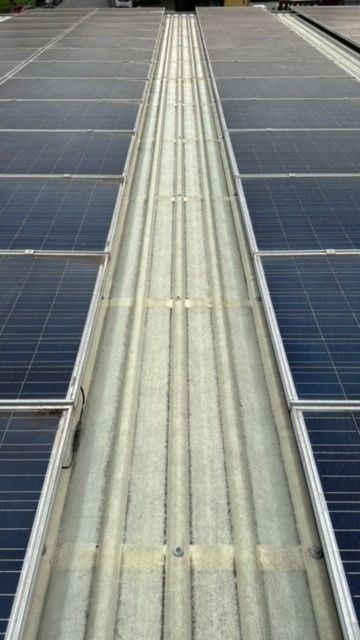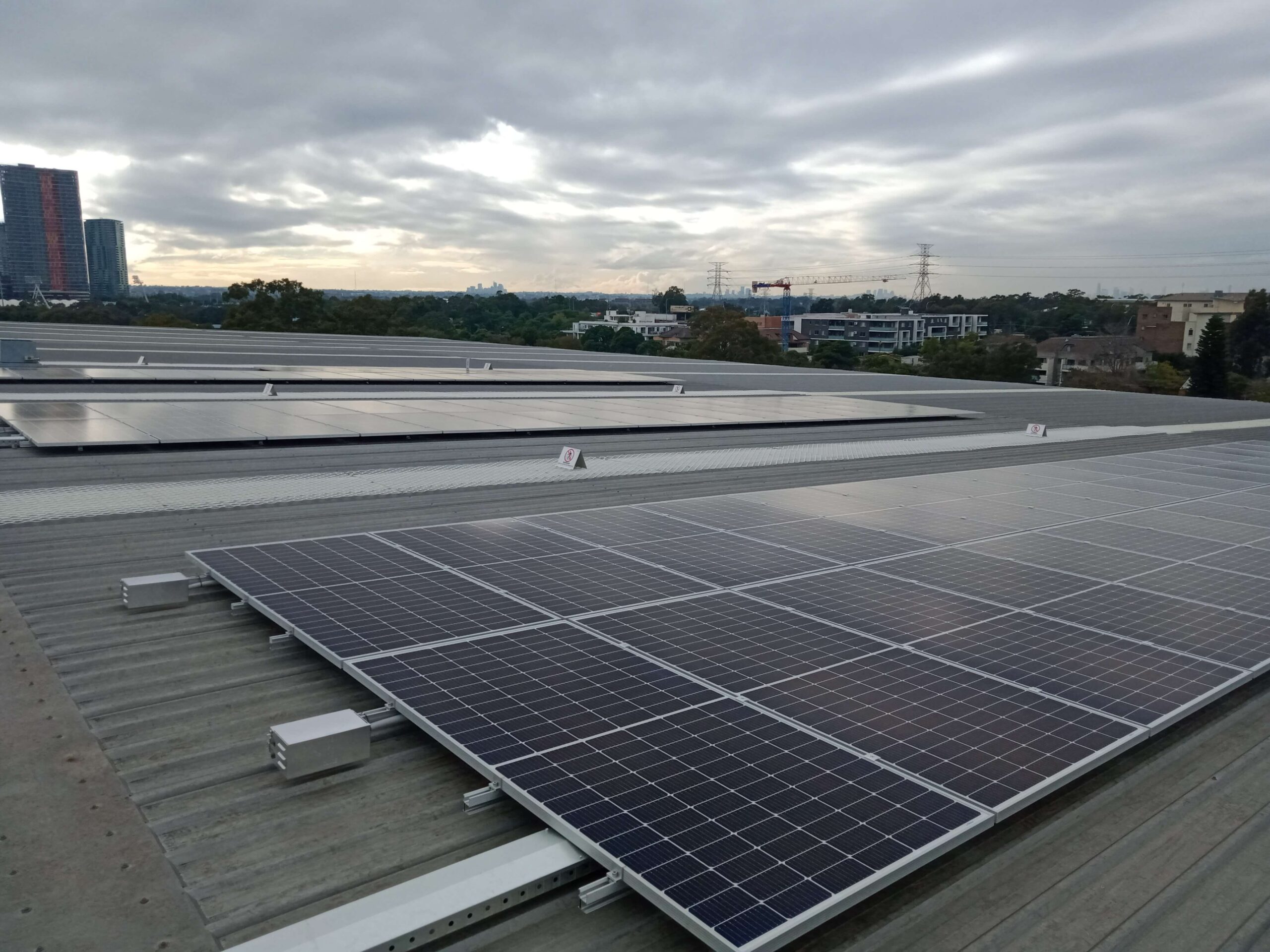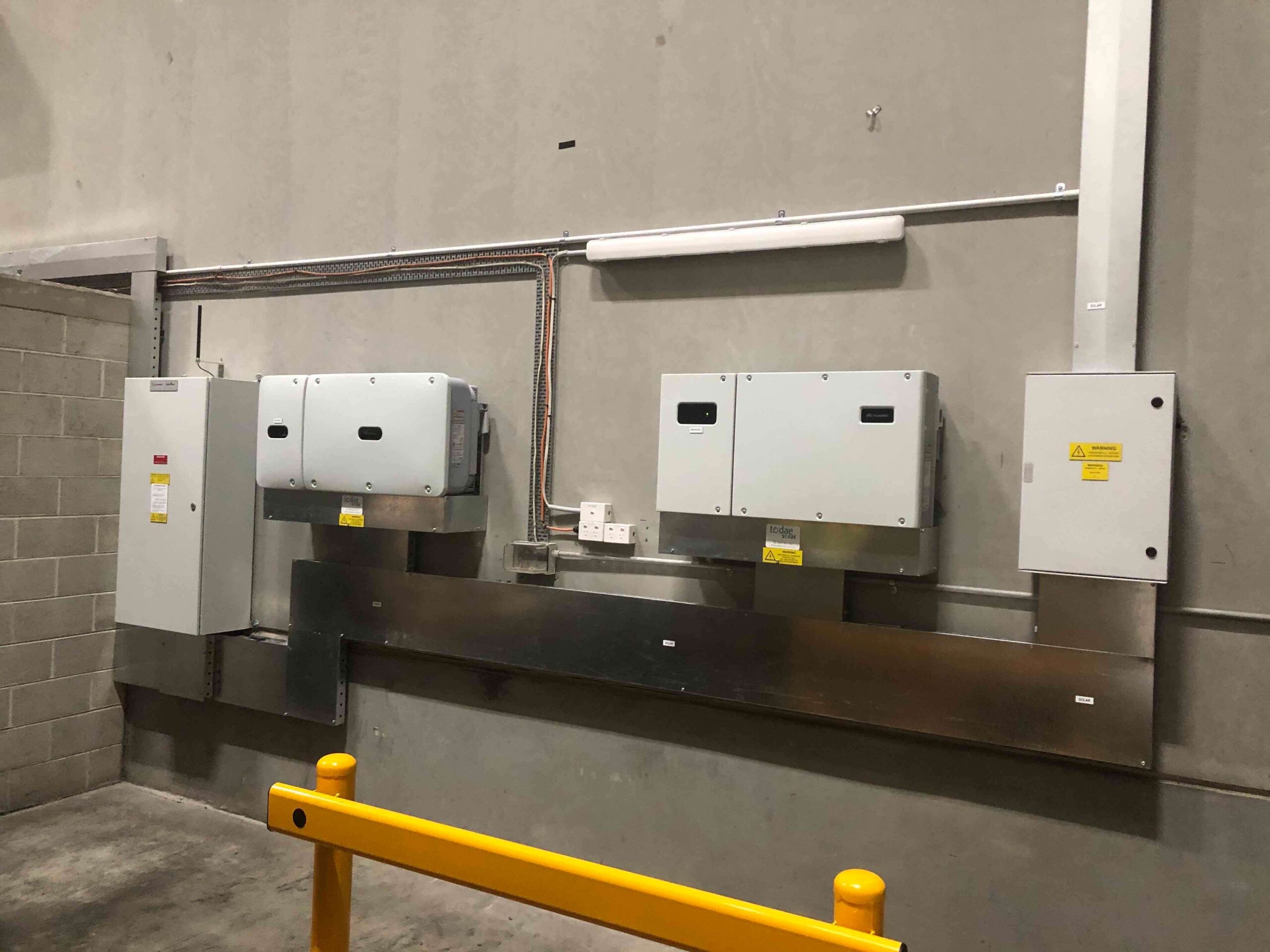Why we Should Design Solar PV Systems for Both Maintenance and Safety

It’s almost incredible how frequently solar PV systems are designed in a way that sidelines long-term maintenance and safety. When you look at these systems, it’s clear why they have been designed that way: The goal is always to maximise energy output in the immediate term, but to neglect the long-term realities of system upkeep, accessibility, and risk management in chasing that is counter-intuitive (to put it diplomatically).
In most cases, when solar PV systems are not designed around both maintenance and safety, the ROI of them over their expected lifetimes crashes.
Imagine a solar PV system where technicians can access every panel safely to clean, maintain, and repair. A system where downtime is limited because there’s no specialised project or equipment required to get a technician to a fault. These things are possible, but only if the system is designed with such maintenance in mind.
First and Foremost: Safety Should be Obligatory
Safety in design refers to the proactive integration of hazard identification, risk assessment, and control methods early in the design process. With solar PV systems, safety considerations are often overlooked in favour of maximising panel capacity, and it is worth noting that there is a cost involved in dedicating real estate in the array of panels to these walkways. However, the value of doing so becomes very clear, very quickly.
Key Safety Design Elements
- Walkways and Gaps Between Panels: Strategically placed gaps or walkways within the array allow technicians to access all parts of the system safely without needing to step on or remove panels. This not only prevents damage to the modules and speeds up maintenance efforts, but it actually also enhances airflow, improving panel efficiency.


- Maintaining Safe Distances from Roof Edges: A minimum safe distance from the roof edge allows for the installation of temporary safety rails during construction and future maintenance, reducing the need for costly temporary fall protection measures.
- Permanent Anchor Points and Guard Rails: While adding upfront capital expenses, installing permanent anchor points or guard rails can drastically reduce long-term maintenance costs by eliminating the need for temporary safety solutions.
Electrical Design Considerations for Longevity and Efficiency
Once the practicalities of safe access to panels are designed into a system, the next consideration is what a well-planned electrical design looks like. This is critical in ensuring system reliability, accessibility, and ease of troubleshooting.
Critical Considerations in Electrical Design Include
- Minimising Points of Failure on the Roof: Electrical components such as isolators and fuses should be placed in accessible areas at ground level rather than on the rooftop. In addition to improving their accessibility for maintenance, designing the environment this way also removes them from exposure to harsh environmental conditions, extending their lifespan – isolators and fuses are built to be robust, but the Australian weather will put anything to the test, so the best solution is to use design to remove them from the weight of the elements.
- Running Individual Strings to the Inverter: Rather than paralleling strings on the roof, individual strings should be run directly to the inverter. This approach allows for easier fault isolation and troubleshooting, reducing the likelihood of a single failure taking the entire system offline. Or to put it in more simple terms, it’s the difference between the frustrating Christmas lights that inevitably don’t work each year until you inspect every bulb individually, and those that take no time to dust off and get going.
- Inverter Location Considerations: Just like with isolators and fuses, placing inverters on the roof can sometimes be seen as a space-saving solution. However, if an inverter fails and requires replacement, accessing it may require cranes or heavy equipment, drastically increasing costs. Whenever feasible, inverters should be located at ground level for ease of service and replacement.


Documentation and Labelling: Enhancing Maintenance Efficiency
One of the most overlooked aspects of solar system design is proper documentation and labelling. Without clear documentation, future maintenance becomes cumbersome, and technicians must spend unnecessary time deciphering system layouts and component locations.
Effective Documentation Means
- As-Built Drawings and Commissioning Documents: Ensuring that up-to-date system documentation is available on-site allows maintenance personnel to quickly understand the design and history of the installation.
- Clear Labelling of Strings and Isolation Points: Proper labelling reduces troubleshooting time by allowing technicians to quickly identify key system components and isolate faults.
- Providing Access to Documentation: Some installers deliberately withhold system documentation to lock clients into their services. Property owners should insist on receiving full design documentation to retain flexibility in choosing maintenance providers.
Addressing The Risk of Technological Obsolescence and Spare Components
Finally, one other design consideration that should be top of mind is the risk of obsolescence. The rapid innovations that happen in solar means that components installed today may become obsolete within as little as a few years, which then makes it costly and time-consuming to maintain those components as spare parts, and the skills to maintain the older equipment become scarce.
Strategies to Mitigate Obsolescence
- Stocking Spare Modules: As module sizes and efficiencies evolve, finding an exact replacement for a damaged panel in the future can be challenging. Keeping an inventory of spare modules to cover the 25-year lifespan of the system ensures system compatibility over its lifespan.
- Inverter Compatibility Considerations: While inverter technology is becoming more adaptable, changes in electrical characteristics over time may still present challenges. Choosing inverters with flexible configurations helps maintain system adaptability.
A solar PV system designed with safety and ease of maintenance in mind is intrinsically linked to the ROI that it can deliver. While incorporating these design principles may involve slightly higher initial costs, the long-term benefits far outweigh the expenses, given that it means reduced downtime, lower maintenance costs, and, in general, less risk to the entire system and facility.